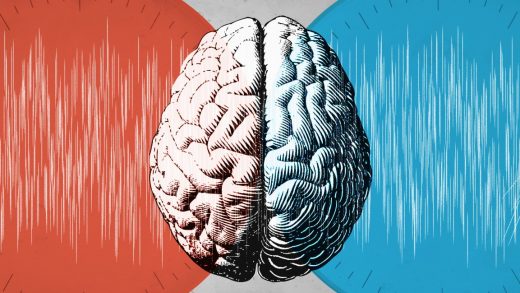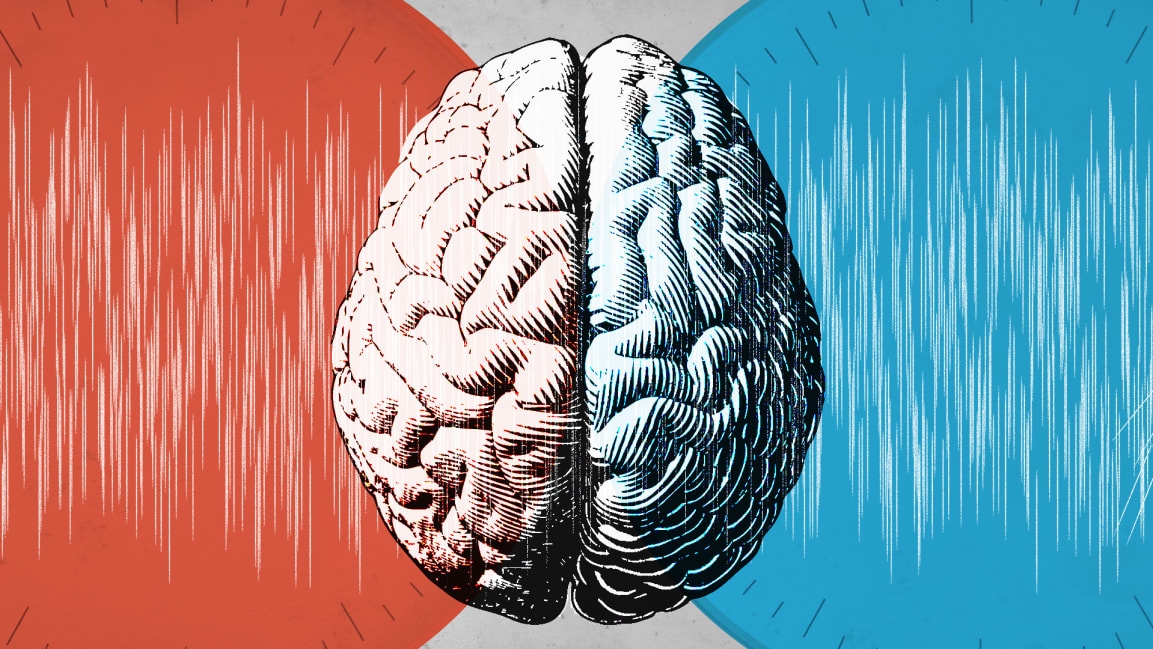Science says this is the best time to brainstorm—and it’s not when you think
Listen to the latest episode of Fast Company’s podcast Creative Conversation on Apple Podcasts, Spotify, RadioPublic, GooglePlay, or Stitcher.
We all know brainstorming is an essential part of the creative process, but what do you do when your mind is too foggy to welcome the storm? Brain fog, brain farts, mental fatigue—call it what you will, it can be a major roadblock to creativity.
But is there a way to use that hazy state of mind to your creative advantage?
On this episode of Fast Company’s podcast Creative Conversation, we’re unpacking exactly what brain fog is and why you shouldn’t be in such a rush to clear your mind.
Getting clarity on brain fog
Dr. Jeffrey Egler, medical director and lead physician at Inspire Health Center, defines brain fog as “a loose constellation or grouping of symptoms” that impairs your ability to think clearly or function properly. The root cause can be anything from lack of sleep to a poor diet, but dig even deeper and it really all boils down to one true cause.
“So when trying to answer the question of what else can cause this, I often tell the patients that I work with, there’s only one cause of disease, only one, and that is stress. But there are infinitely many causes of stress,” Egler says. “Usually it breaks down to food, sleep, relationships, work. And these can have metabolic effects on us and lead to stress reactions, which lead to immune reactions, which leads to improper or suboptimal nerve function. And there you go: That’s brain fog.”
How to use brain fog to your creative advantage
In 2011, Dr. Mareike Wieth, a psychology professor at Albion College in Michigan, released a study analyzing two groups of people solving two different types of problems at different times of the day. One set of problems were more analytical, like the math questions you’d probably see on the SATs. The other set of problems were insight-based, i.e. they were more open-ended. Wieth found that the time of day had no impact on the subjects’ ability to solve the analytical problems. But participants did their best work during their nonoptimal time of day, meaning they were more creative when their brains were a little foggy.
“During your optimal time of day, your cognitive processes, especially a process called inhibition, is working very well. So inhibition basically keeps your brain free of clutter. It’s really good at screening out irrelevant things,” Wieth says. “During your nonoptimal time of day, your cognitive processes aren’t as good at screening out things.”
That lowered inhibition creates an open door for more off-the-wall ideas that you may not have thought of if you were strictly focused on the task at hand. However, like everything, there’s a caveat.
Editing your creativity
Wieth conducted a follow-up study with subjects with ADHD symptomology (those who don’t have ADHD per se but exhibit the symptoms of it) and found that while higher levels of inattentiveness spawned more creative solutions, it was only for things that were familiar to them. Even then, not everything that subjects were able to come up was all that creative.
For example, if someone gave you a stack of paper clips and said make something with it, your mind will probably go back to your childhood, where you probably made a necklace or bracelet. But what if you were asked to think of a creative use for a picnic table? When you really think about it, is paper-clip jewelry all that creative in the first place?
As Wieth explains, it’s about converging around your divergent thinking.
“People can, when they have those moments where they have lots and lots of thoughts, they might need to write those down and then maybe at a later point evaluate those thoughts,” Wieth says. “[A] very important part of creativity is being able to evaluate which ones of these are worthwhile, which ones are meaningful, and which ones aren’t really that original.”
Listen to this full episode of Fast Company’s Creative Conversation podcast here:
(28)



